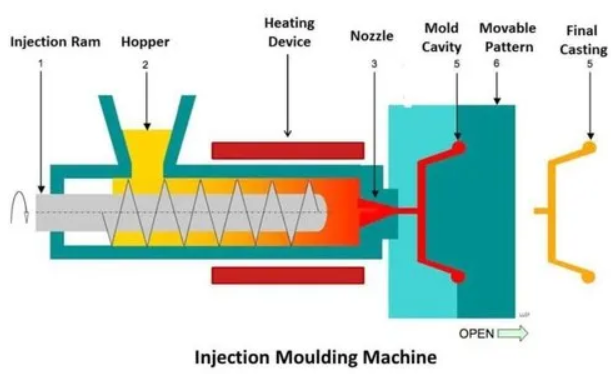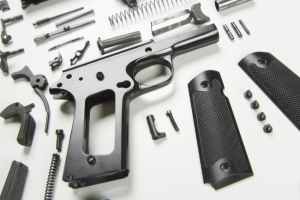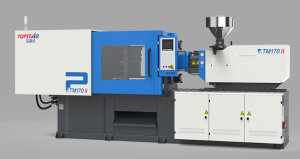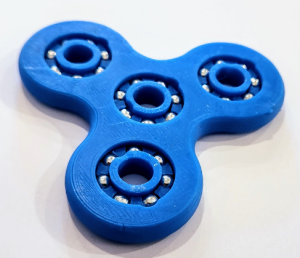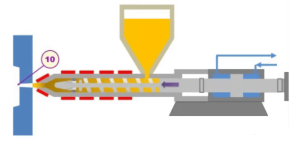Decompression in injection molding, also known as suck back or screw decompression, is a process where the injection screw is retracted slightly after the injection phase to relieve pressure in the nozzle and prevent material drool. This step is critical in maintaining consistent quality and preventing defects in the molded parts.
Key Aspects of Decompression in Injection Molding
- Purpose
- Pressure Relief: Decompression helps in relieving the pressure in the nozzle and the hot runner system, preventing the molten plastic from continuing to flow or drool out of the nozzle after the injection phase.
- Material Conservation: By preventing drool, decompression reduces material waste and maintains a clean molding environment.
- Process Description
- Injection Phase: During the injection phase, molten plastic is injected into the mold cavity by the forward movement of the screw.
- Decompression Phase: After the mold cavity is filled and the packing phase is complete, the screw is retracted slightly. This retraction reduces the pressure in the nozzle, pulling some of the molten plastic back into the barrel.
- End of Decompression: The decompression phase ends before the screw starts rotating again to plasticize more material for the next cycle.
- Benefits of Decompression
- Prevents Drool: By relieving pressure, decompression prevents molten plastic from drooling out of the nozzle, which can lead to defects in the next cycle and increase material waste.
- Improves Cycle Consistency: Decompression ensures that the correct amount of material is in the nozzle for the next cycle, leading to more consistent shot sizes and part quality.
- Reduces Defects: Preventing drool and maintaining consistent pressure helps in reducing common molding defects such as stringing, flashing, and burn marks.
- Parameters and Control
- Decompression Distance: The amount of screw retraction (decompression distance) is a critical parameter and must be optimized based on the material and mold design. It is usually set in the machine’s control system.
- Decompression Speed: The speed at which the screw is retracted can also be controlled. A balance must be found to ensure that the pressure is relieved without causing turbulence or introducing air into the melt.
- Considerations for Decompression
- Material Type: Different materials have different viscosities and thermal properties, which affect the optimal decompression settings.
- Mold Design: The design of the mold, including the gate and runner system, can influence the decompression requirements.
- Cycle Time: Proper decompression settings can help optimize cycle time by ensuring that the correct amount of material is ready for the next injection cycle without delays.

Choose us for your custom injection molding needs and experience excellence in every detail. Our China-based factory provides innovative solutions, competitive pricing, and fast turnaround times. Get your custom quote now!
Example of Decompression Application
Consider an injection molding process using a high-viscosity polymer where excessive drool has been observed, leading to defects in subsequent parts. By implementing decompression, the following steps are taken:
- Injection and Packing: The screw moves forward, injecting and packing the molten polymer into the mold cavity.
- Decompression: After packing, the screw is retracted by 5 mm (as an example) to relieve pressure in the nozzle.
- Cycle Continuation: The mold cools, the part is ejected, and the screw begins rotating again to prepare the next shot.
The decompression distance and speed are optimized based on trial runs, ensuring minimal drool and consistent part quality.
Conclusion
Decompression in injection molding is a critical step for managing the pressure in the nozzle and preventing material drool after the injection phase. This process enhances the consistency and quality of the molded parts, reduces material waste, and optimizes the overall molding cycle. Properly setting and controlling decompression parameters is essential for efficient and defect-free injection molding production.
Related Conten: Quick Turn Injection Molding / Mold Design

